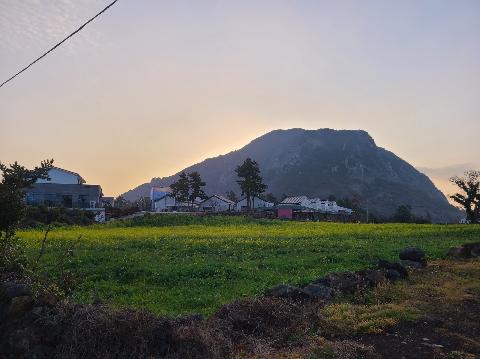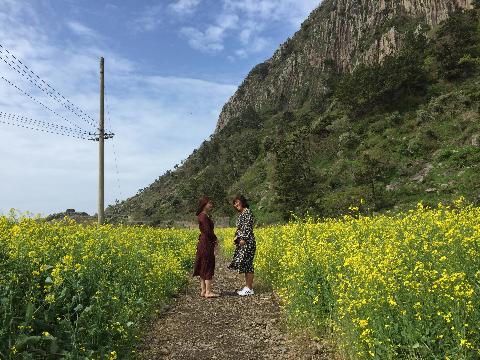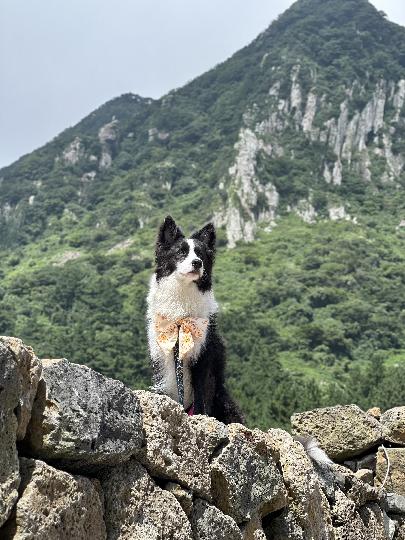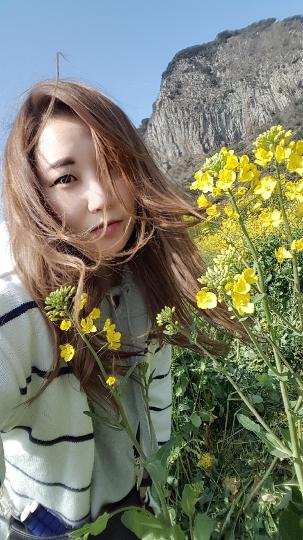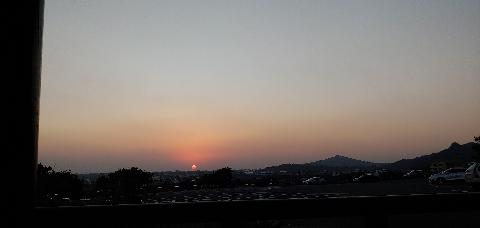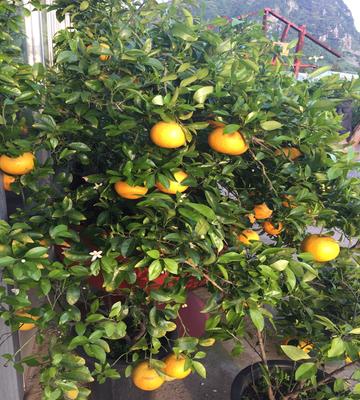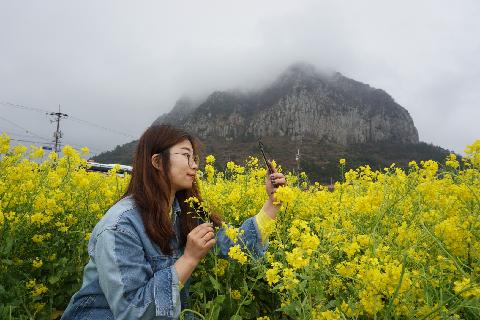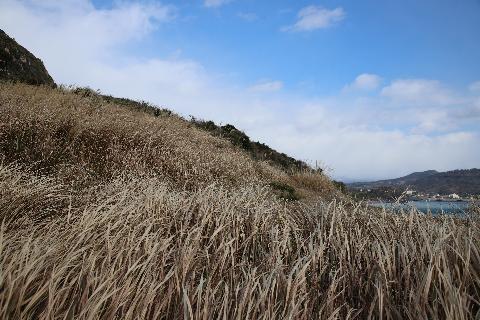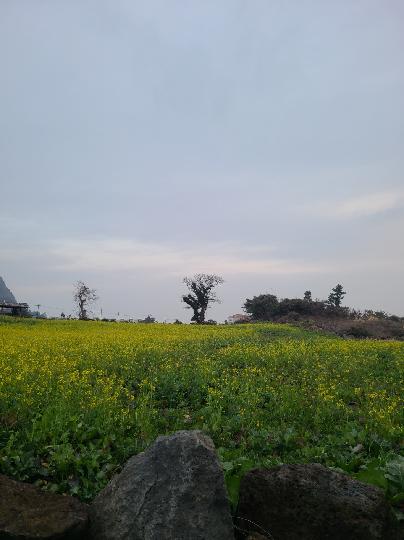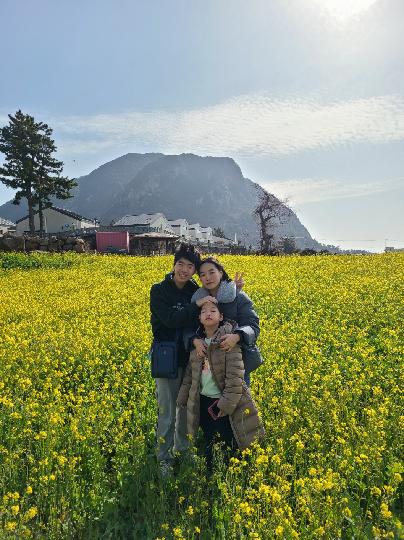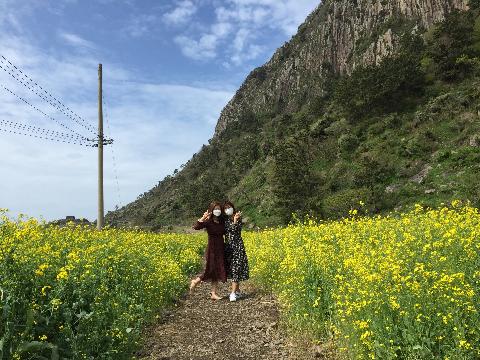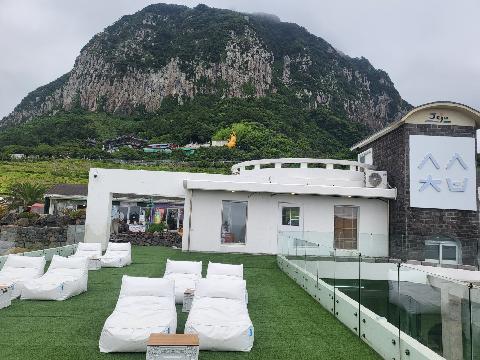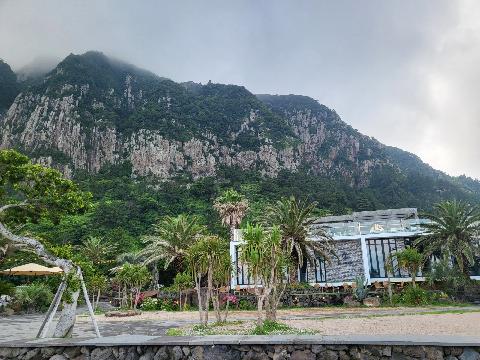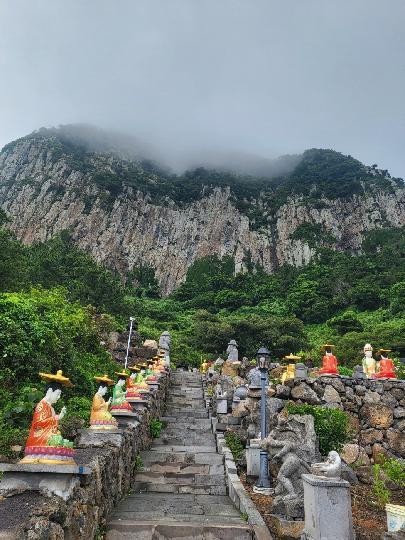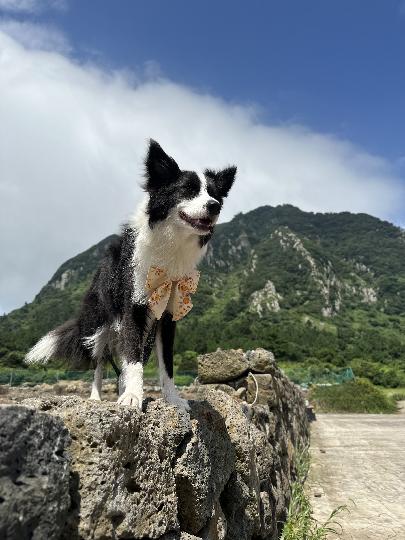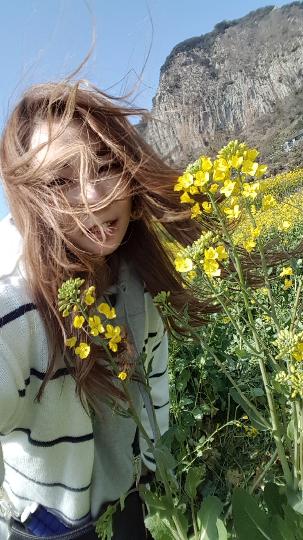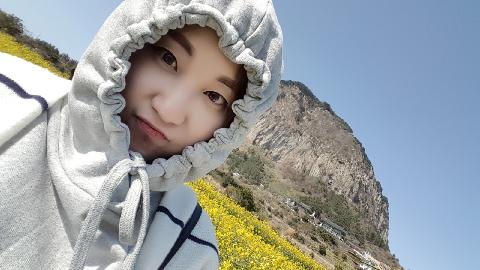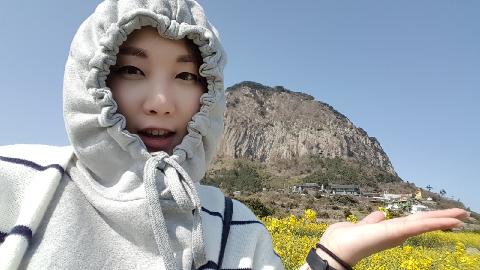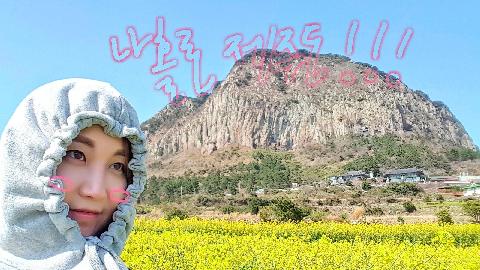본문
119
Review
116,598
Lookup
29
Share SNS
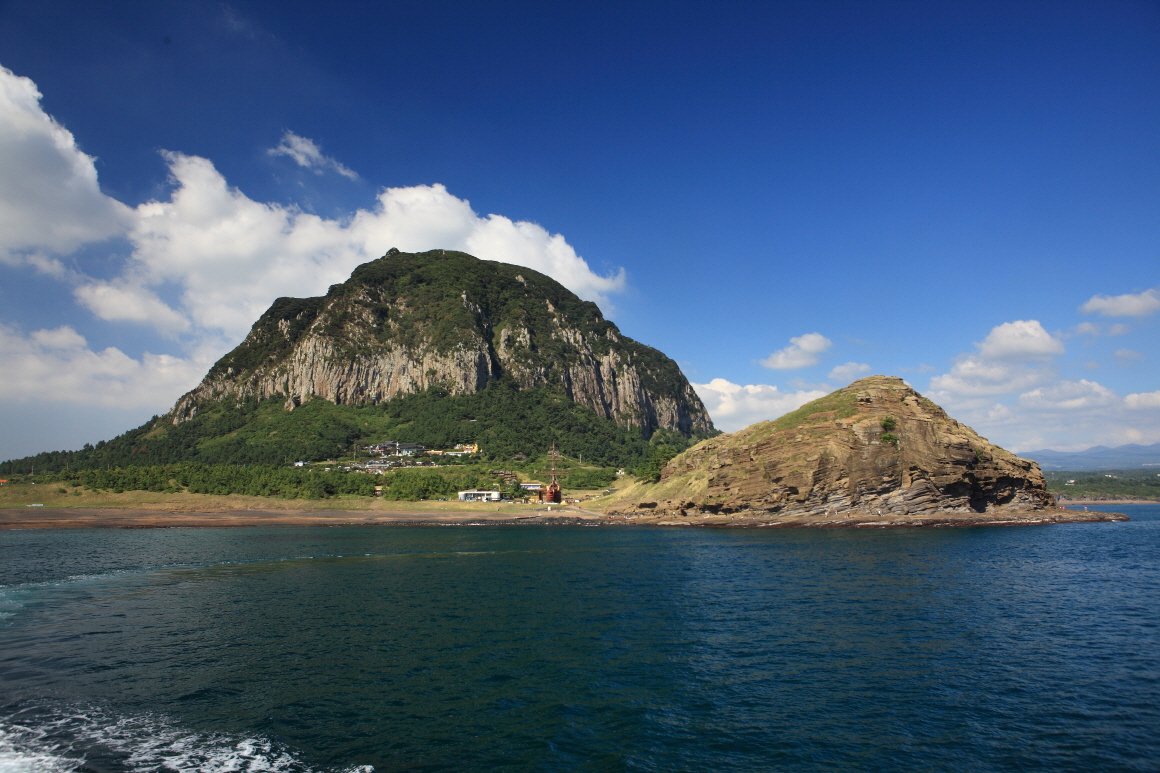
From January 1, 2022, to December 31, 2031, access is prohibited in certain areas of Sanbangsan Moutain to ensure its protection. During this period, only the walking path from Sanbangsan Moutain Ticket Office to Sanbanggulsa Grotto is accessible. Please take this into consideration when visiting.
Sanbangsan Mountain is a trachytic tuff lava dome connected to the sedimentary layer of the Yongmeori Coast in the coast of Sagye-ri, Andeok-myeon. It is a bell-shaped tholoid that stands tall in the plains of southwest Jeju, allowing it to be seen from anywhere in the area. It is encircled by Ilju Road, which connects Moseulpo Port and Hwasun-ri.
Well-maintained stairs are available so that tourists can climb up to Sanbanggulsa Grotto, which stands at the southern face of Namsa-myeon. If you wish to go up to the summit of Sanbangsan Mountain, you can use the trail behind Sanbangsan Mountain, which leads to Deoksu-ri, Yonghae-dong.


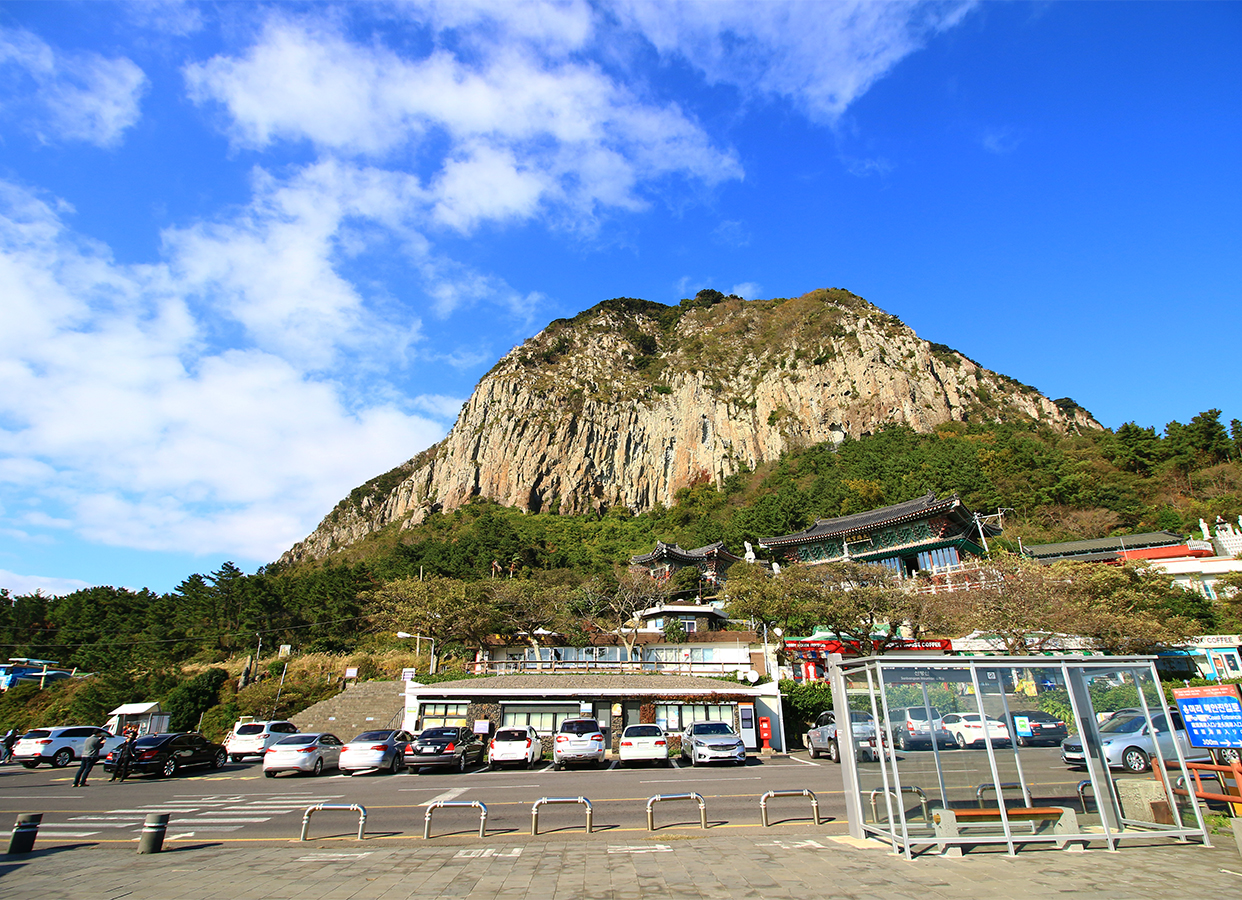
Due to its relatively tall height and proximity to the coast, Sanbangsan Mountain will often have clouds hanging or swirling around its summit, and the edge of each face of the mountain will show wildly diverging climate characteristics. Such climates make it an important sanctuary for vegetation, especially as it grants its native plants unique traits due to its volcanic environment.
At the top of the mountain is a dense evergreen forest filled with silver magnolia, Siebold’s chinquapin, Yellowish velvety-leaf litsea, Japanese cinnamon, Sericeous Newlitse, and more. In particular, rare plants such as Centipede’s foot orchid and Glabrous Korean boxwood, which are rock wall plants, grow on the rock face, leading to the mountain being designated and protected as Natural Monument 182-5.

According to research, there are 79 families, 186 genera, 201 species, 33 varities, and 1 subspecies of vascular plants for a total of 255 species in the Sanbangsan Mountain. Three natural habitats for Single-leaf cremastra, Goering’s cymbidium, Caudate tick clover, Zanthoxylum coreanum, and Centipede’s foot orchid were found. [Origin] Sanbang refers to a cave within a mountain, and Sanbangsan Mountain derives its name from the fact that there is a sea cave located around 150m above sea level on its southern face.


